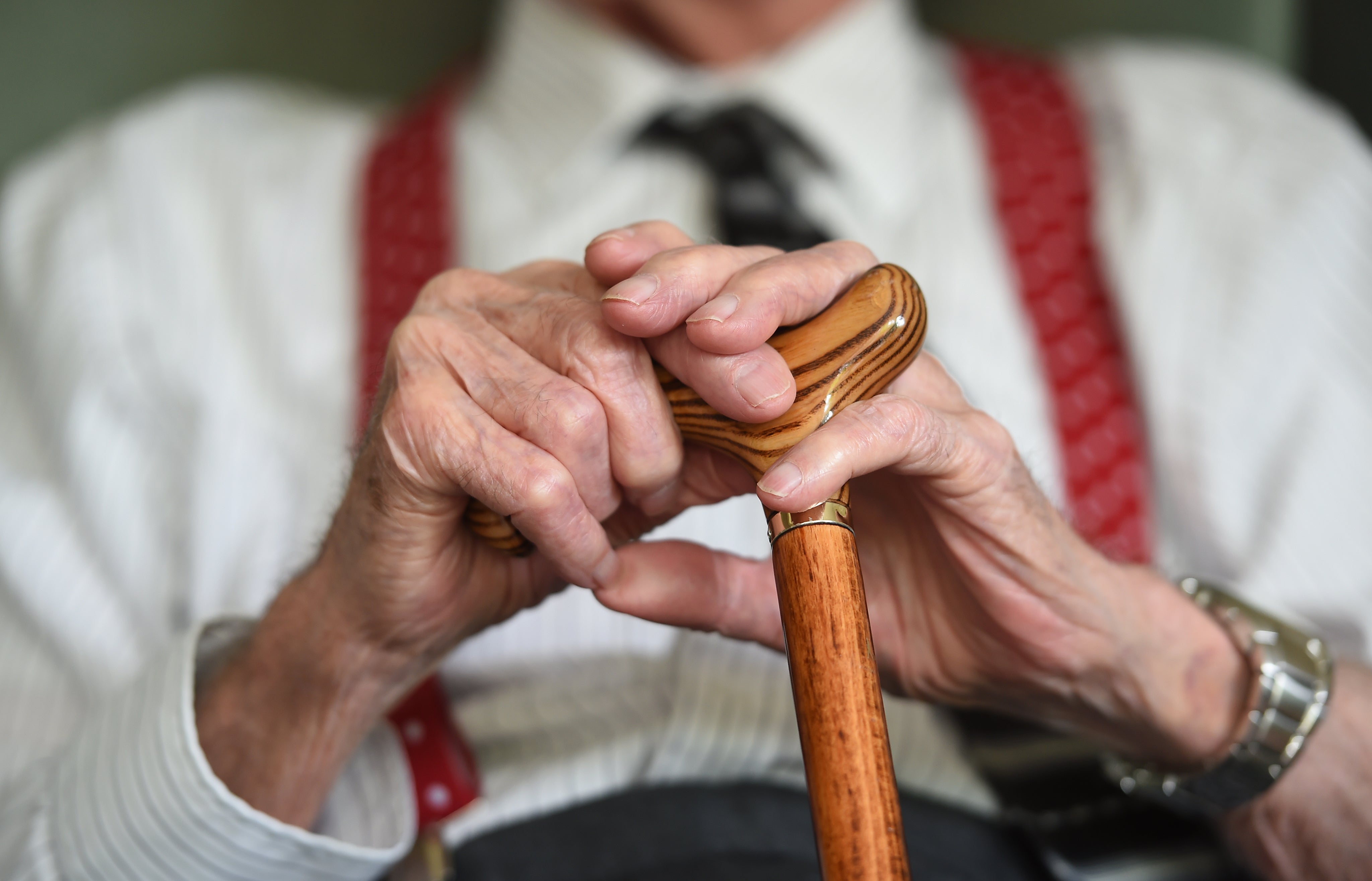Millions are living with osteoporosis and don’t even know it – but it doesn’t have to be like this
With a prompt diagnosis and the right support, people with osteoporosis can live a perfectly ordinary life. So let’s start investing more in prevention not only the cure


Uncomfortable as it might be, imagine a life-changing medical emergency, like a heart attack. Sometimes, there are wake up calls that something is coming. Angina can be nasty enough, but it can act as an alarm bell, telling us we need to change things. Our doctor can talk us through what’s happening and we can be put on medication to get the problem under control before it reaches crisis point. After all, prevention is better than cure.
Sadly, there’s one vastly underestimated condition where, for most of us, the warning signs are routinely being overlooked. Osteoporosis has been called the “silent disease” because, for most people, it doesn’t get diagnosed at least until the first broken bone (fracture) following a fall.
Shockingly, a quarter of women over the age of 50 have to break three or more bones before they finally get a diagnosis and help. If you have osteoporosis, having one fracture puts you at high risk of another, but without a diagnosis, too often nothing is done to prevent broken bones.
It doesn’t help that so few of us even know what that odd word, osteoporosis, means. Most of us don’t spend any time at all thinking about our bones. Myths and misconceptions prop up the silent disease. For example, most people mistake curved spines and fractures for an unwelcome reminder of ageing, rather than a treatable condition. It’s not just public awareness that’s low: the quality of GP advice varies wildly and there’s a postcode lottery when it comes to NHS care.
When people are left untreated, the problems get worse. The outcome for all too many is a hip fracture. Every year, 68,000 of us will suffer one, requiring one million days of acute hospital beds and costing the NHS over £1bn per year. A hip fracture can be a devastating injury, with complications that tragically lead to the death of a quarter of patients within 12 months. Most of the others face severe pain, disability and loss of independence.
But there are warning signs, if only we could see them. Spinal fractures, while severe and painful in themselves, are alarm bells for a potential hip fracture further down the track. Shockingly, two-thirds of people with spinal fractures are undiagnosed – that’s 2.2 million people in the UK today living with red flags for future hip fractures. And they’re slipping through the cracks every day.
It doesn’t need to be like this. With a prompt diagnosis and the right support, people with osteoporosis can live a perfectly ordinary life, helped by medication which is safe, effective and highly affordable for the NHS. Yet, the patchwork of fracture services across the country means that 90,000 people (85,000 in England alone) every year are missing out on the bone-strengthening medication they need.
It’s a bitter irony that the world standard for fracture prevention – the Fracture Liaison Service (FLS) – is a British-born success story, pioneered in Glasgow. If you’re one of the fortunate 62 per cent of the public covered by an FLS, you can expect to be identified, assessed, prescribed medication and receive follow-up to make sure it’s working. But for too many people who live in the wrong catchment area, it’s a case of “fix and forget”, with the underlying osteoporosis left untreated. Sometimes even living on the wrong side of a street can lead to a markedly higher risk of suffering painful repeat fractures.
Stories of NHS backlogs caused by the pandemic are familiar, but gaps in osteoporosis services go back a long way. The condition has sailed under the radar of governments for decades. The result has been spiralling costs for the NHS and avoidable pain and disability for millions of people.
Between 2015 and 2020, osteoporosis was mentioned only 31 times in parliament, compared to 300 times for lung cancer and 800 times for diabetes. As many people die of fracture-related causes as either of the other two important conditions.
The challenge of helping people live well – and pain-free – in later life will become more and more urgent as we all live longer. Putting a fraction of the NHS hip fracture budget into prevention can break the cycle and prevent suffering. When alarm bells ring, it’s a good idea to sit up and listen.
Craig Jones is the CEO of the Royal Osteoporosis Society
Join our commenting forum
Join thought-provoking conversations, follow other Independent readers and see their replies
Comments